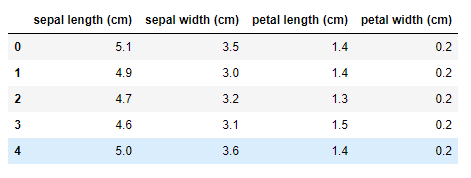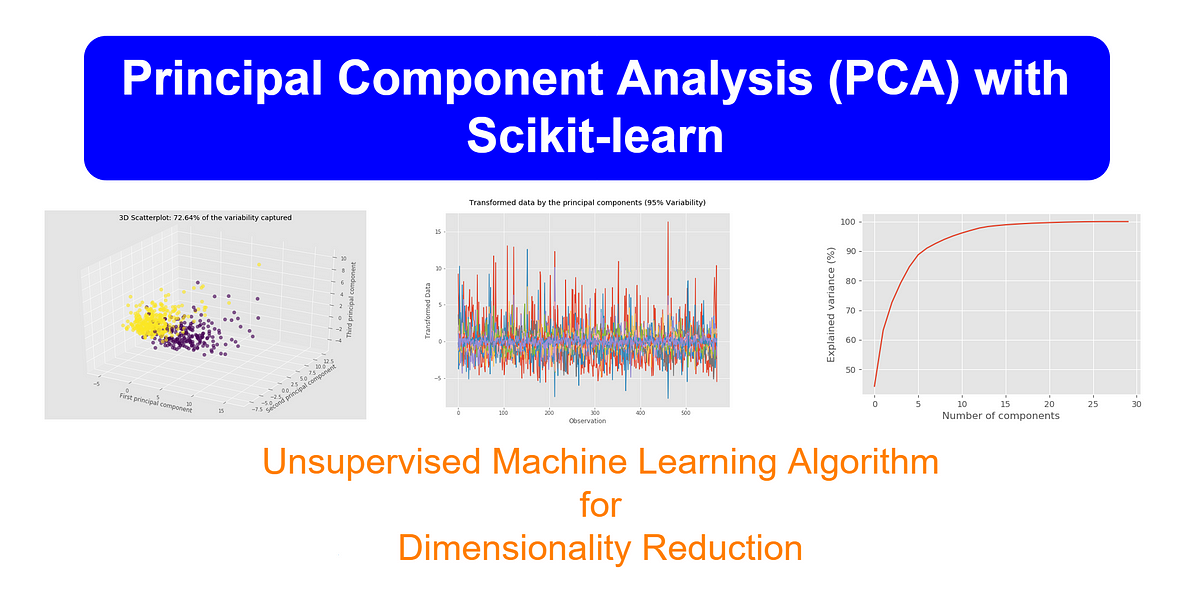Hi everyone! This is the second unsupervised machine learning algorithm that I’m discussing here. This time, the topic is Principal Component Analysis (PCA). At the very beginning of the tutorial, I’ll explain the dimensionality of a dataset, what dimensionality reduction means, main approaches to dimensionality reduction, reasons for dimensionality reduction and what PCA means. Then, I will go deeper into the topic PCA by implementing the PCA algorithm with Scikit-learn machine learning library. This will help you to easily apply PCA to a real-world dataset and get results very fast.
In a separate article (not in this one), I will discuss the mathematics behind the principal component analysis by manually executing the algorithm using the powerful numpy and pandas libraries. This will help you to understand how PCA really works behind the scenes.
Recommended readings
I highly recommend you to read my previous articles published at Data Science 365before proceeding to read this one. This is because you should have a clear understanding of the basics of numpy, pandas, matplotlib, seaborn and machine learning to understand the codes and concepts discussing here.
What is dimensionality reduction?
Before we consider reducing the dimensionality of a dataset, we should learn what dimensionality is. Simply, dimensionality is the number of dimensions, features or input variables associated in a dataset. Often, it can be thought as the number of columns (except the label column) in a dataset. The following table shows a part of the iris dataset which contains four features. So, the number of dimensions is four. This means, for example, to demonstrate the first data point in the four-dimensional space, we use p1(5.1, 3.5, 1.4, 0.2) notation.

Image by author
Dimensionality reduction means reducing the number of features in a dataset. Dimensionality reduction algorithms project high-dimensional data to a low-dimensional space while retaining as much of the variation (i.e., salient information) as possible.
#machine-learning #data-science #dimensionality-reduction #scikit-learn #unsupervised-learning
